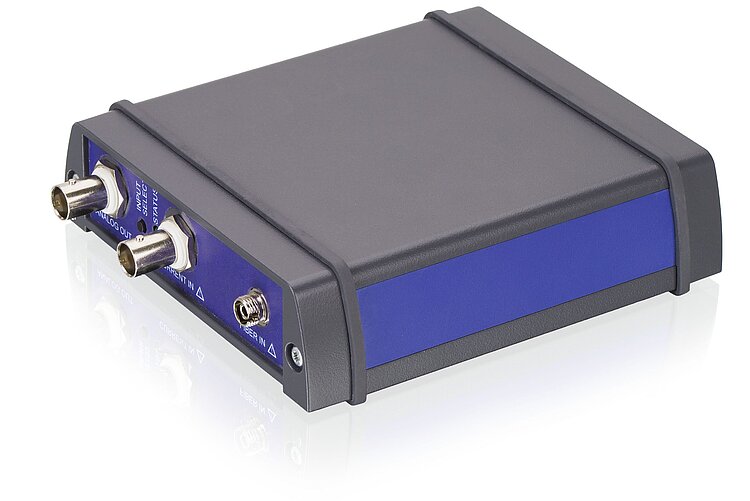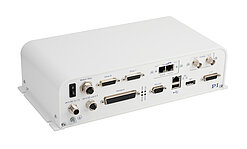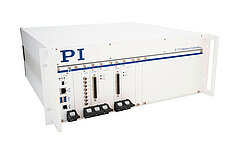F-712.PM1 Optical Power Meter
Ideal for Applications in Silicon Photonics
- Large signal bandwidth of 20 kHz
- High dynamic range
- Wavelength range 400 to 1550 nm
- Current input range to 1 mA
- Logarithmic output
Product overview
This optical power meter can convert an optical signal into a voltage signal in high resolution and with an extremely high bandwidth. The design of the optical input enables measuring of the optical signal independent of the position of the optical fiber in the connector.
The device also has a current input. For example, a photodiode can be connected to this input and the diode current converted into a logarithmic voltage signal. Switching between the inputs is done via a button and an LED lights up when the current input is activated. The large wavelength range of the optical power meter enables working in both the visible and infrared range without switching. The precise, logarithmical output signal is ideal for optical alignment systems. The optical power meter is therefore suitable for the fastest fully automatic alignment systems available on the market.
Specifications
Specifications
Downloads
Datasheet
Documentation
User Manual MP165
F-712.PM1 Optical Power Meter, 400-1550 nm Wavelength Range, Logarithmic Output ±5 V
User Manual F712T0019
Calculation of Optical Power - Using the F-712.PM1 Power Meter with F-712 High-Precision Fiber Alignment Systems
3D Models
F-712.PM1 3-D model
Quote / Order
Ask for a free quote on quantities required, prices, and lead times or describe your desired modification.
How to Get a Quote

Questions? - Ask a PI Engineer
Technology
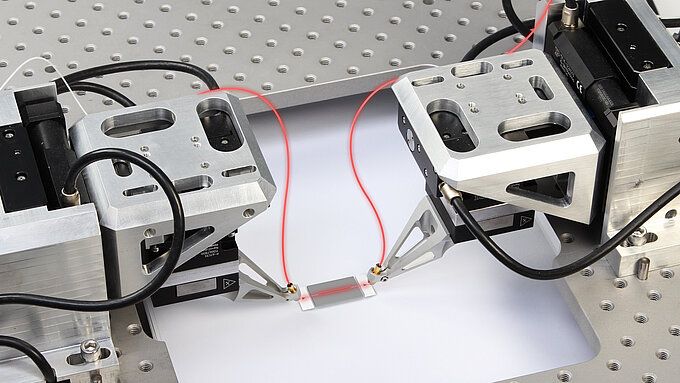
Active Alignment
The need to align devices down to nanoscale accuracy is arising in many fields. Optical components such as the lenses or lens assemblies in small cameras, or even the CCD chip itself, need to be positioned with ever more precision.
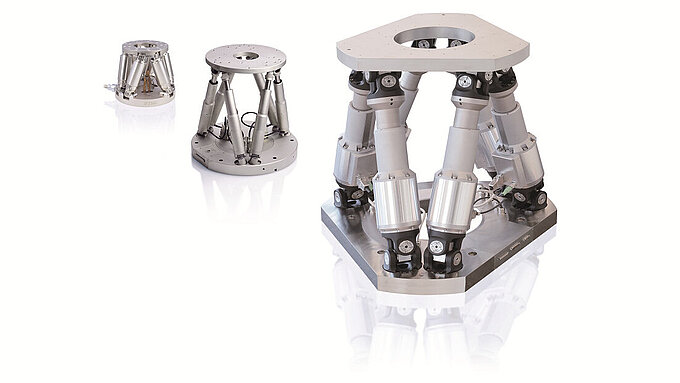
Hexapods and SpaceFAB
Hexapods are systems for moving and positioning loads in six degrees of freedom, in three translational and three rotational axes.
Applications

SiPh Testing, Assembly, and Packaging
When it comes to throughput and production costs in testing, assembling, and packaging of photonic devices, alignment is one of the most significant cost factors. For maximum performance, the optimal combination of accuracy, speed, and intelligent automation is needed.

Hexapods in Microproduction
What do optical components and glass fibers in photonics, mobile devices, and high-quality wristwatches all have in common?
